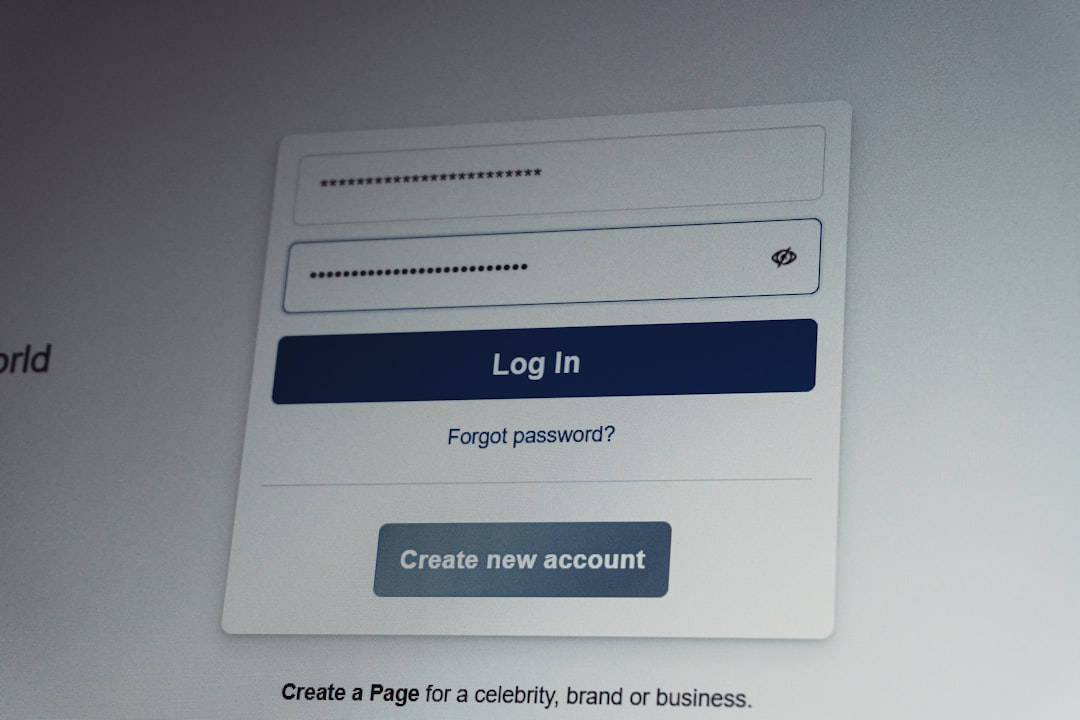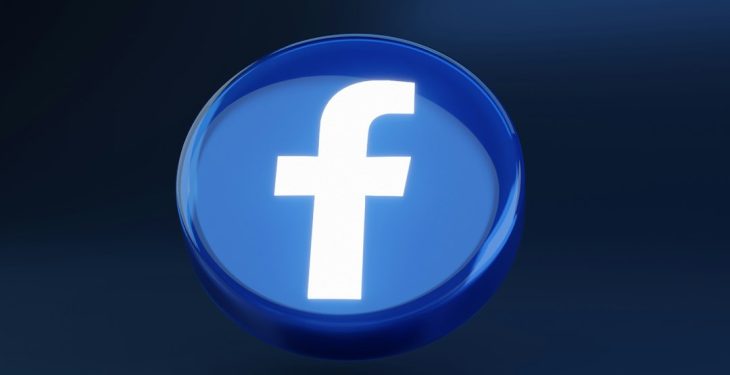In the digital world, credentials such as usernames and passwords—often abbreviated as UN/PW—serve as the fundamental gatekeepers to personal, corporate, and governmental systems. Whether logging into emails, bank accounts, or social media platforms, users rely on these identifiers to authenticate their identity and protect valuable information from unauthorized access.
TL;DR (Too Long; Didn’t Read)
Usernames and passwords, collectively known as UN/PW, are the most common method of authentication online. Usernames uniquely identify an individual account, while passwords act as private keys for access. Although simple and widespread, this security model has vulnerabilities, especially when passwords are weak or reused across platforms. For enhanced security, users are increasingly encouraged to adopt strong passwords and utilize additional measures like two-factor authentication.
What Is UN/PW?
The term UN/PW refers to the combination of Username and Password used to log in to digital services. It is the most basic and widely adopted form of authentication:
- Username (UN): A unique identifier representing a user within a system. Examples include email addresses, user IDs, or names.
- Password (PW): A secret series of characters known only to the user and the system. It serves to verify the legitimacy of the person attempting access.
Together, they form a simple verification model: if both pieces of information match the system’s records, access is granted.
The Origins and Importance of UN/PW
The concept of using a paired identifier and secret for authentication dates back to early computer systems in the 1960s. MIT’s Compatible Time-Sharing System (CTSS) was among the first to use this model. Over the decades, as digital systems evolved, so did the need for securing user access.
Today, almost everyone maintains multiple sets of UN/PW for various platforms. This widespread use is both an advantage and a vulnerability. Being easy to implement and understand makes UN/PW popular, but it can be compromised if users choose weak or repeated passwords.

The Components of a Secure Username and Password
For a UN/PW system to function effectively, both components must be strong and unique.
1. Effective Username Strategies
- Unique: Avoid generic names like “admin” or “user” that are commonly targeted.
- Non-identifiable: Don’t use sensitive personal information like your full name, birthdate, or address.
- Consistent: While it’s smart to maintain separate usernames per service, using similar formatting helps with organization.
2. Strong Password Practices
- Length: Use a minimum of 12 characters.
- Complexity: Combine uppercase letters, lowercase letters, numbers, and symbols.
- Unpredictability: Avoid dictionary words, common phrases, or personal data that can be easily guessed.
- Uniqueness: Never reuse passwords across multiple accounts.
To manage multiple secure passwords, many users opt for password managers, which store encrypted credentials and can automatically populate login fields.
UN/PW in Different Systems
The UN/PW model is applied in various settings:
- Email Services: Access to your Gmail, Outlook, or Yahoo accounts starts with UN/PW combinations.
- Banking Platforms: Online banking apps require stringent password policies to safeguard financial information.
- Enterprise Systems: Employees must log in to corporate servers using verified UN/PW credentials.
- Educational Platforms: Students sign into learning management systems like Moodle or Canvas with institutional UN/PW accounts.
This model remains the starting point for identity verification even when additional security layers are implemented.
Weaknesses and Vulnerabilities of the UN/PW System
While easy to implement, the UN/PW system is not without its weaknesses:
- Phishing: Attackers deceive users into willingly entering their credentials on fake login pages.
- Brute-force attacks: Automated bots try countless password combinations until they find the right one.
- Credential stuffing: If a UN/PW is leaked, attackers use the same combo across many sites, assuming reuse.
- User negligence: Writing passwords down, sharing them, or using “123456” increases the risk of compromise.
Security breaches have exposed billions of credentials in recent years, underscoring the importance of more robust authentication models.
Improving UN/PW Security
Organizations and individuals can take several steps to enhance UN/PW security:
1. Enable Two-Factor Authentication (2FA)
This adds a second layer, often something the user has (like a phone) or is (like a fingerprint), to verify identity beyond just a password.
2. Use Password Managers
These tools generate and store strong passwords securely, meaning the user only needs to remember a master password.
3. Regular Password Updates
Changing passwords periodically, especially after suspected breaches, helps reduce long-term risk.
4. Monitor for Breaches
Tools like “Have I Been Pwned” let users check if their credentials have appeared in known data leaks.

The Future of Authentication Beyond UN/PW
While UN/PW remains dominant today, many experts predict a shift towards passwordless authentication. Technologies such as biometric scanning, hardware keys, and login links sent via email or SMS are growing in popularity. They address many weaknesses of the traditional model while maintaining user convenience.
However, transitioning away from UN/PW requires systemic changes—including hardware investment and user education—which slows its widespread adoption. Until then, strengthening the UN/PW model remains critical.
Conclusion
Usernames and passwords are foundational elements of digital security. Despite their limitations, they continue to serve as the primary method of online authentication. Educating users on best practices and integrating supplemental security features like two-factor authentication can significantly reduce vulnerabilities associated with UN/PW systems. As the digital world evolves, so too must our approach to safeguarding identity.
FAQ About UN/PW
-
What does UN/PW stand for?
UN/PW stands for “Username and Password,” the standard credentials required to log into most digital systems. -
Why is UN/PW still widely used?
It’s simple to implement, universally understood, and compatible with nearly all current systems. -
Are usernames supposed to be secret?
Not necessarily. While they should be unique and not too predictable, they are often public, like an email address. The password is the true secret. -
How often should passwords be changed?
It’s a good practice to change passwords every 3–6 months, especially if you suspect any unusual activity. -
What’s the best way to manage multiple passwords?
Use a reliable password manager for storing and generating strong, unique passwords. -
Is two-factor authentication necessary?
Absolutely. It adds an essential security layer, making it far more difficult for attackers to access your accounts even if they have your UN/PW.
